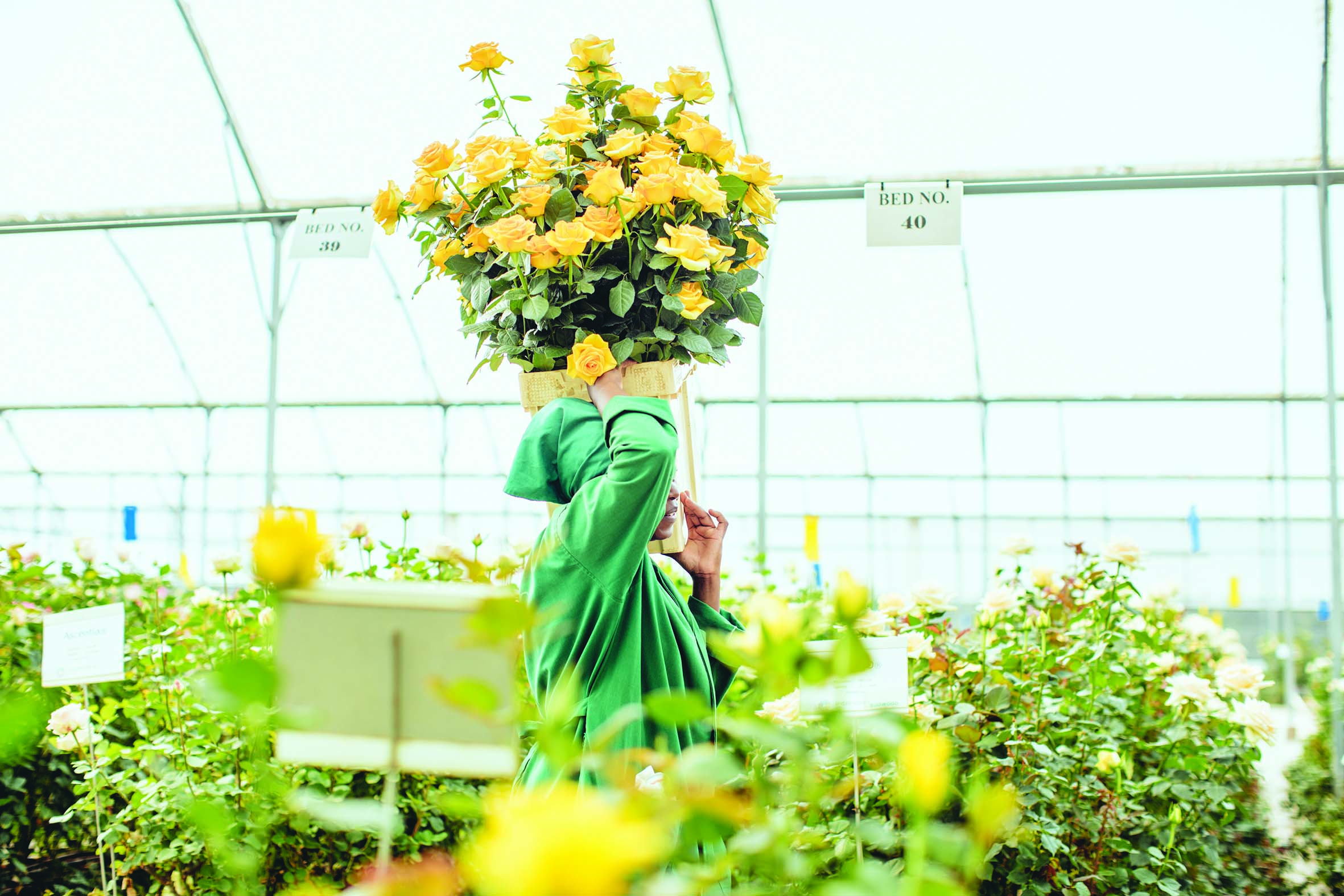
Every detail counts when it comes to preserving the freshness and beauty of cut flowers. From soil conditions to irrigation techniques, the factors influencing flower quality are numerous. However, one of the most critical yet often overlooked aspects is the timing of when flowers are cut.
Research and expert opinions converge on a consensus that the time of day can significantly impact the longevity and appearance of cut flowers.
Why Morning is the Ideal Time
- Peak Hydration Levels
One of the primary reasons morning is recommended for cutting flowers is that they are typically at their peak hydration levels. During the night, plants absorb water from the soil, and by morning, their tissues are fully turgid. This full hydration is crucial because once the flowers are cut, they can no longer draw water from the soil. Cutting them at their most hydrated state ensures they start with the maximum water content, which translates to a longer vase life. - Cooler Temperatures
Morning temperatures are generally cooler compared to midday or afternoon. Cooler temperatures slow down the rate of transpiration (water loss through leaves and stems), reducing the likelihood of wilting. When flowers are cut in the morning, they experience less stress compared to the hotter parts of the day, which helps them maintain their vitality and appearance for a longer period. - Reduced Sun Exposure
Cutting flowers early in the morning also helps avoid exposure to the sun’s intense rays. Sunlight can increase the rate of water loss in flowers and can also cause heat stress, leading to quicker wilting. By cutting flowers before the sun is at its peak, you help preserve their moisture and reduce the risk of damage.
Factors Influencing the Best Time to Cut Flowers
While morning is generally optimal, several factors can influence the best time to cut flowers:
- Weather Conditions
Weather plays a significant role in determining the best time to cut flowers. In regions with high humidity or frequent rainfall, the moisture levels in flowers can be higher throughout the day, potentially allowing for a more flexible cutting schedule. Conversely, in arid climates or during heatwaves, cutting flowers early in the morning can be even more critical to prevent dehydration. - Type of Flower
Different flowers have unique characteristics and needs. Some flowers are more sensitive to timing and environmental conditions than others. For instance, flowers like roses and peonies are often best cut in the morning when they are fully hydrated, whereas some hardy varieties may be more forgiving. Understanding the specific needs of each flower type can help you determine the optimal cutting time. - Growth Stage
The growth stage of the flower also affects the ideal cutting time. Flowers that are in full bloom may require different timing compared to those that are just beginning to open. Generally, it’s best to cut flowers when they are in the bud stage or just starting to open, as this ensures they will have a longer vase life.
Tips for Cutting Flowers at the Right Time
- Use Sharp Tools
Ensure you use sharp, clean tools when cutting flowers. Dull or dirty scissors or pruners can crush stems and introduce bacteria, which can shorten the life of the flowers. Sharp tools make clean cuts, which helps flowers absorb water more efficiently. - Cut at an Angle
Cutting flower stems at a 45-degree angle increases the surface area through which the flower can absorb water. This technique also prevents the stem from sitting flat on the bottom of the vase, which can restrict water uptake. - Place in Water Immediately
After cutting, place flowers in a container of water as soon as possible. This helps prevent air bubbles from forming in the stems, which can impede water uptake. If you’re not able to place them in a vase immediately, keep the stems in a bucket of water. - Remove Foliage below Water Line
Remove any leaves or foliage that will be submerged in the water. Submerged foliage can decay and create bacteria, which can harm the flowers and reduce their vase life.
Special Considerations for Different Types of Flowers
- Cut Flowers for Bouquets
For flowers intended for bouquets, such as roses, lilies, and tulips, cutting in the early morning is crucial for maintaining their appearance and longevity. These flowers benefit from being cut at their peak hydration levels and placed in water immediately. - Seasonal and Tropical Flowers
Seasonal flowers like sunflowers or dahlias may have specific needs based on their growth patterns and the climate. Tropical flowers such as orchids or anthuriums might have different hydration needs and could be more or less sensitive to the time of day they are cut. Understanding the specific requirements of these flowers can help you adjust your cutting practices accordingly. - Foliage and Greenery
When cutting foliage or greenery for arrangements, the same principles apply. Ensure the foliage is well-hydrated, and cut it in the morning to maximize its freshness. Proper handling and immediate placement in water are essential for maintaining its quality.
